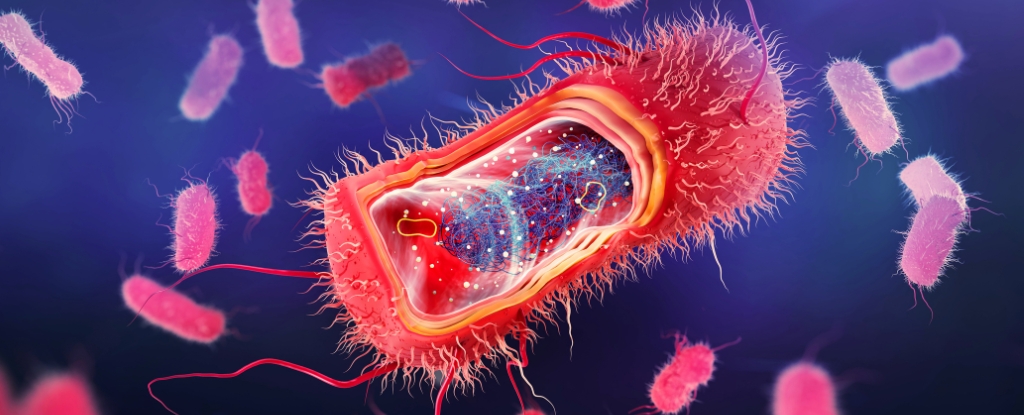Get the latest Science News and Discoveries
Gut and Oral Microbiome Dysbiosis in Pancreatic Cancer: Implications for Early Detection
The human microbiome plays a pivotal role in pancreatic cancer (PC). This study investigates the abundance of specific gut and oral microbes in PC patients compared to healthy controls. A cohort of 20 diagnosed PC patients and an equivalent control group were recruited. Comprehensive lifestyle data, such as overall food consumption, were collected. Saliva and stool samples were prepared. Microbial DNA was extracted from stool and saliva samples using specialized kits. Primers were designed targeting the conserved regions of the 16 S rRNA genes from Neisseria elongata, Granulicatella adiacens, Fusobacterium nucleatum, Roseburia intestinalis, and Bifidobacterium bifidum. The quantities of selected bacterial species were evaluated using real-time quantitative PCR. Granulicatella adiacens and Fusobacterium nucleatum were significantly increased in the PC group (medians: 7.35 and 4.37 log10 CFU/g, respectively) compared to controls (medians: 2.43 and 1.20 log10 CFU/g ; P < 0.001 for both). Conversely, Neisseria elongata, Roseburia intestinalis, and Bifidobacterium bifidum levels were significantly lower in PC patients (medians: 2.37, 2.34, and 3.45 log10 CFU/g, respectively) compared to controls (medians: 5.63, 5.07, and 4.34 log10 CFU/g; P < 0.001). The principal component analysis confirmed distinct clustering of microbiota profiles between the two groups, with key microorganisms associated with PC. The discriminatory performance of clinical and microbiota variables demonstrated notable accuracy in classifying PC, particularly metrics such as hemoglobin and hematocrit, achieving an area under the curve (AUC) of 1.00. In summary, these findings highlight the significant association between microbiome composition and PC, underscoring the potential of microbiota profiles as non-invasive diagnostic biomarkers that warrant further investigation for early detection and therapeutic targeting in clinical practice.
None
Or read this on r/EverythingScience
